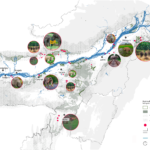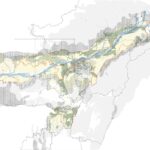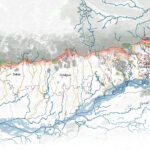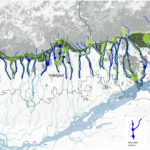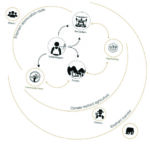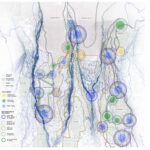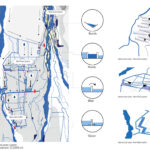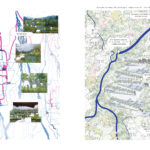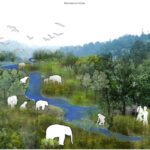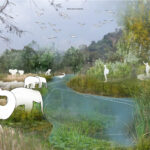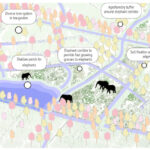Blurring the Boundaries
Redefining Agricultural Landscapes for Human-Elephant Coexistence in Assam
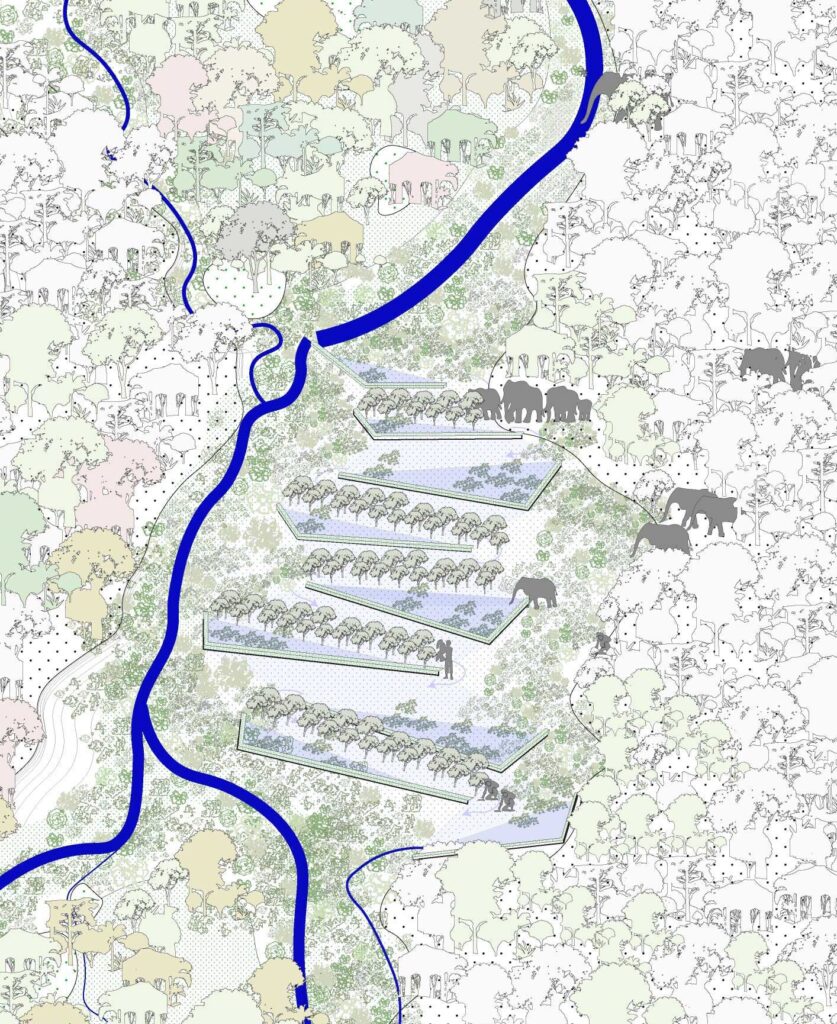
Often the agricultural lands in Assam around the protected areas become grounds for human-elephant conflicts. These issues of conflict increases due to periods of flooding and droughts which not only affect the farmlands but also the nature reserves.
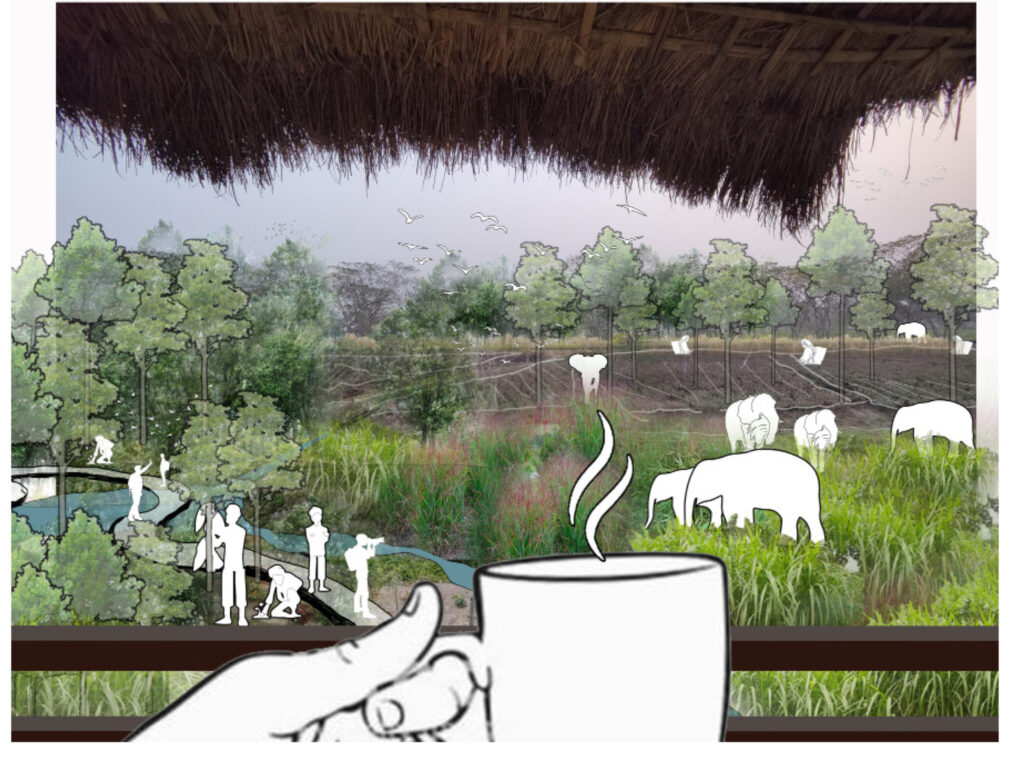
Author
Gauri Agarwal
Location
Assam, India
Mentors
Dr.ir. Nico Tillie
James Byng
Barsha Amarendra (mentor in the field)
Project links
Blurring the boundaries: Making way for elephants
Assam is the second largest habitat for Asian Elephants. The systematic habitat destruction and fragmentation on the pretext of agricultural expansion, settlement growth and infrastructural development had rendered the state as hotspot for human-elephant conflicts, claiming as many as 300 elephant lives in the past decade. The diminishing forest habitat has compelled this mega-herbivorous species to venture into human settlements and agricultural fields for their survival in search of food and water. Although tea gardens act extended forest system, elephants are face violent resistance in agricultural fields around it. The challenges posed by climate change on the landscape excarcebate the conflict. Projections indicate that the growing suitability of the North Bank region for tea cultivation by 2050 will exert immense pressure and fragmentation on elephant habitats resulting in further amplification of conflict.
The project “Blurring the boundaries: Making way for elephants” investigates the relationship of people with their landscape and results in developing a comprehensive toolbox of climate adaptive agricultural strategies that can be incorporated across various contextual settings of human and elephant habitats by examining the possibilities of collaboration between human and elephant habitats.

